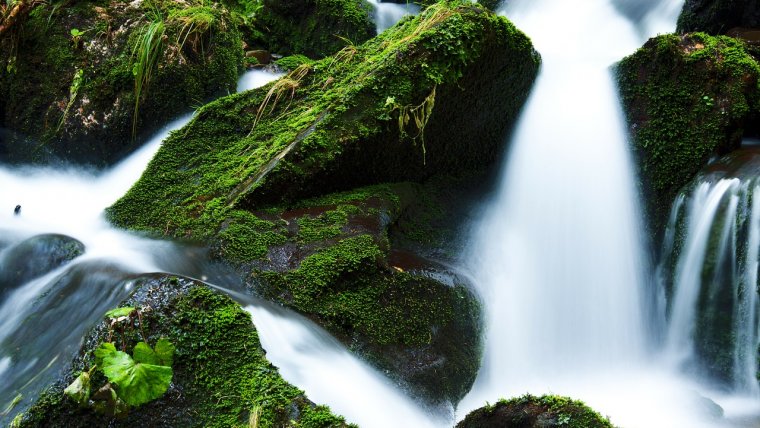
Water is a wonderful part of nature that everyone can appreciate looking at. Whether you want to photograph a river, an ocean, a lake, or a waterfall you’ll need to know how to set up your camera for the perfect shot. Water photography is a tricky subject. However, by changing a few camera settings, you can get an excellent shot. Once you know how to set up the shot beforehand and properly change your settings for the type of picture you want, you’ll be a water-shooting pro in no time.
One of the most important things to keep in mind when doing water photography is the safety of your camera. Just like any other electronic, your camera will not fare well when wet. Shooting near water can harm your camera and even make the photos come out looking splotchy and hazy.
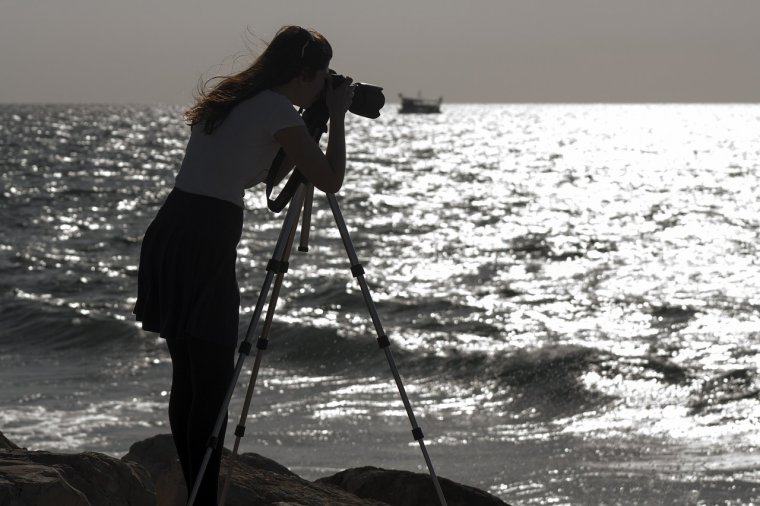
To protect your camera from falling in the water during water photography sessions, always use a tripod that is steady. Not only will the tripod protect your camera, but it will also make the image steadier. Sometimes you’ll want a slower shutter speed for your camera, and if you’re holding it in your shaky hands, the photo may come out blurry.
When in a place where water spray is likely, such as the beach or a waterfall, be sure to cover your camera. Enough light drops on a camera can ruin it. When you are ready to set up your shot, be sure to cover your lens up until you’re ready to shoot. An old camera filter or a plastic bag will not only protect your camera lens during your water photography, but it will also prevent watermarks from getting on the glass and ruining your photo.
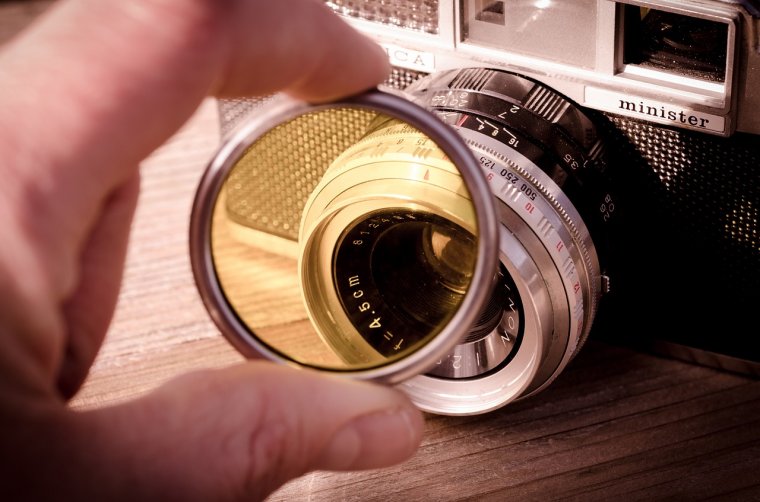
Water photography is mostly a game of composition. Even with wrong camera settings, a nicely composed picture can turn out great. But no amount of fancy settings or filters can take a horribly framed photo and turn it amazing. With water, the placement of your camera is of the utmost importance. You can create amazing scenes using curves and natural objects such as rocks and vegetation.
Generally speaking, lines are what attract the eye. When someone looks at a photo, their eyes follow the lines created by the objects. A good photo uses these lines to draw the eye to the important aspects of an image. Being out in nature, you’re going to have to find these eye-catching lines yourself.

The best spot to take pictures of water isn’t always the most convenient. You may have to walk along a river or climb to a certain part of a waterfall to get the best shot. Generally, you want to find curves. Waterfalls and ocean waves have plenty of these. When looking to shoot rivers, try to find a bend or a handful of swerves to help get the attention of your audience.
A picture of just water isn’t going to be all that astounding. Try and think of a photo you’ve seen that shows the river without the bank, the ocean without the beach. There aren’t many. A lot of the attraction to water images is the nature that surrounds them. Keep this in mind when you’re preparing your shot. You want to include the rocks, the sand, and the vegetation that surrounds your water. Use the natural landscape to frame your shot or divide it into neat lines. It may take some time searching, but eventually, you’ll find the perfect spot to shoot.
Once you’ve found where you’re going to shoot, you need to figure out how you’re going to shoot. When it comes to water there are two main types of effects you can make. You can either produce an image with still water or one that’s moving. Both of these types of effects create stunning images, and it is easy to get both in one shot.
Creating water effects comes down to shutter speed. Shutter speed is how fast or slow your camera takes a picture. When you hear a camera click, that’s the shutter closing on the image, capturing it. If the shutter speed is slow, the image is revealed for longer, letting the camera pick up more light and movement. When it’s fast, the image is revealed for a shorter period and the camera can’t pick up on everything.
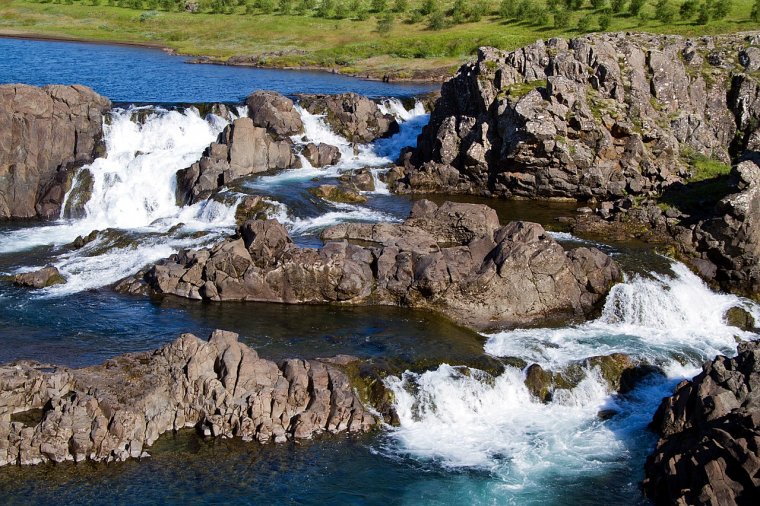
If you want to create still water images, you’ll want to set your shutter speed to a faster setting. Faster settings do allow you to hold the camera (use a strap so it doesn’t fall in). Because the picture doesn’t have a lot of time to capture the image, it will only catch a fraction of what’s going on, leaving you with the illusion that the river or waterfall wasn’t moving at all.
However, if you like the idea of showing motion, and want a streaming-like effect on your images, then use a lower speed. This is where your tripod will come in handy, so the image doesn’t shake. As the image is revealed for a longer period, the camera can pick up on the movement of the water, and track it as it goes along. This allows for the final image to have movement in it.
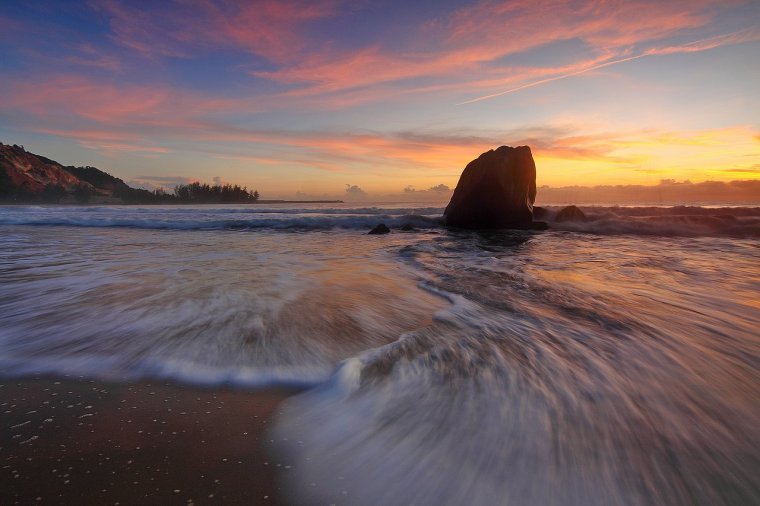
Photographing water can be tricky and dangerous to your camera. But as long as you take proper safety precautions, your camera can help you get the perfect image. Just remember to spend enough time scoping out the perfect shot. And don’t forget to change the shutter speed as you go to get some different effects in your pictures.
Comments (0)
There are no comments yet.